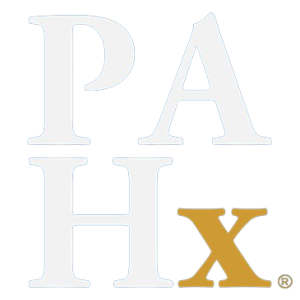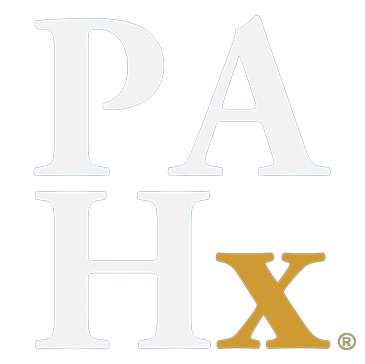Scroll down
Tour Our
Research Collection
Explore PA history by clicking on the images in this section.
Share Your Story
Help Us By Adding To Our Oral History
Help the PAHx grow our Oral History Collection which features a variety of interesting stories from PAs around the globe. Share your piece of PA history for future generations to enjoy!



